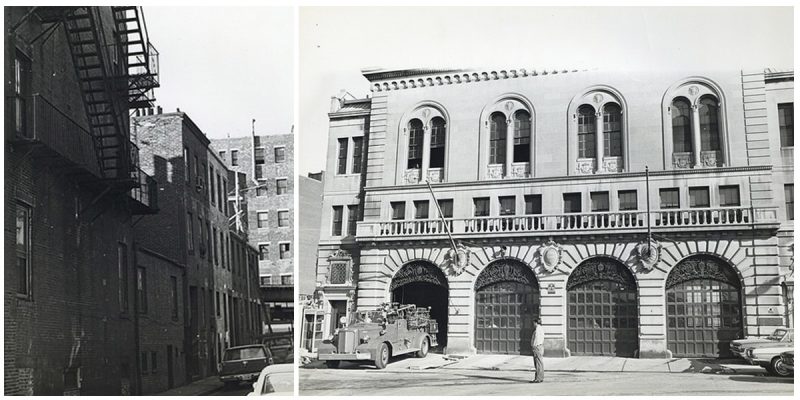Chinatown is a neighborhood located in Boston Massachusetts, Beach Street on the South end. It is the third largest Chinatown in the United States, coming in behind New York (Manhattan) and San Francisco.
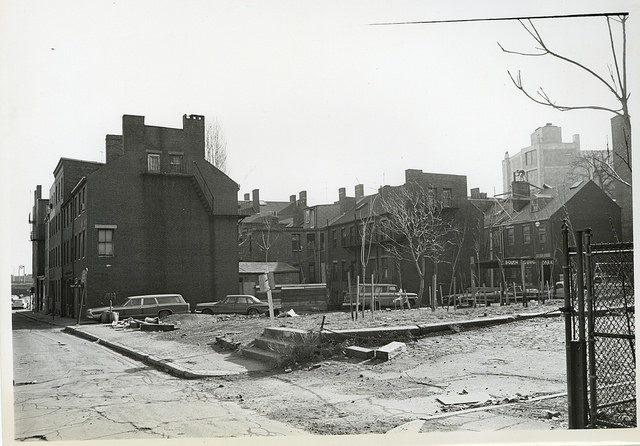
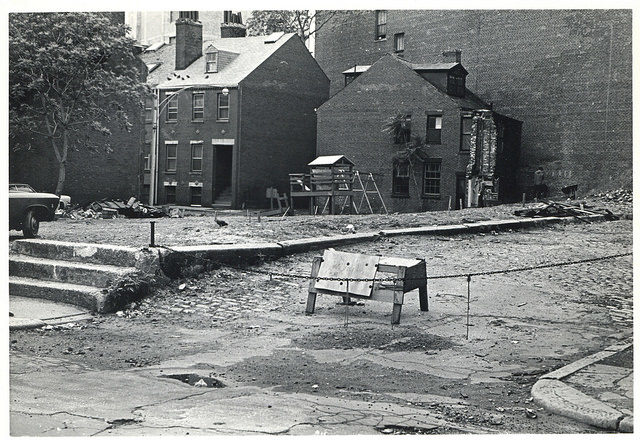
A portion of this Chinatown is placed over a piece of reclaimed by a tidal flat. The newly created area was first settled by Anglo-Bostonians. After residential properties in this area became less desirable due to railway developments, it was settled by a mixed succession of Irish, Jewish, Italian, Syrian, and Chinese immigrants. Photos: City of Boston Archives/Flickr
Each group replaced the previous one to take advantage of low-cost housing and job opportunities in the area. During the late-nineteenth century, garment manufacturing plants also moved into Chinatown, creating Boston’s historic garment district. This district was active until the 1990s.

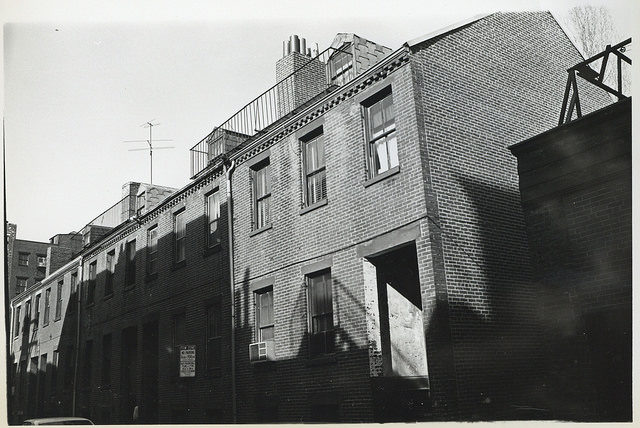
In 1870, the first Chinese people were brought from San Francisco to break a strike at the Sampson Shoe Factory in North Adams, Massachusetts. In 1874, many of these immigrants moved to the Boston Area. As history and tradition details, many Chinese immigrants settled in what is now known as Ping On Alley.
The first laundries opened on what is now Harrison Ave in Chinatown. In 1875, as laundries were becoming more and more popular, the first restaurant, “Hong Far Low,” opened. In the 1800s and the 1900s, many Chinese immigrants came to Boston looking for work and for new opportunities.
Due to the Chinese Exclusion Act of 1882, Chinese immigration was halted, and the population of Chinatown remained mostly male. In 1903, an anti-Chinese sentiment led to the Boston Chinatown immigration raid, leading to the arrest of 234 people, and the eventual deportation of 45 people.
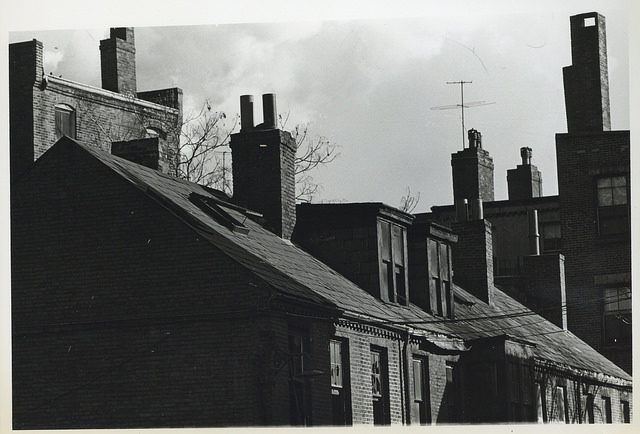

In the 1950s, Chinatown saw a major increase in the population after the Exclusion Act was abolished in 1943. Construction in the late 1950s, in what is known as the “central artery,” affected many homes and businesses in Chinatown. The Mass Pike, constructed in the 1960s, took away much of the land from Chinatown that had been used for businesses. After construction was done, many businesses and homes in Chinatown were affected.


Despite this, the population there continued to grow by at least 25%. During the late 19th century, manufacturing plants began to emerge in Chinatown for the garment stores that were thriving there. This became known as the historic garment district in Boston. However, the garment district only lasted until the 1990s due to rising prices of rent, property sales, and the removal of homeowners.
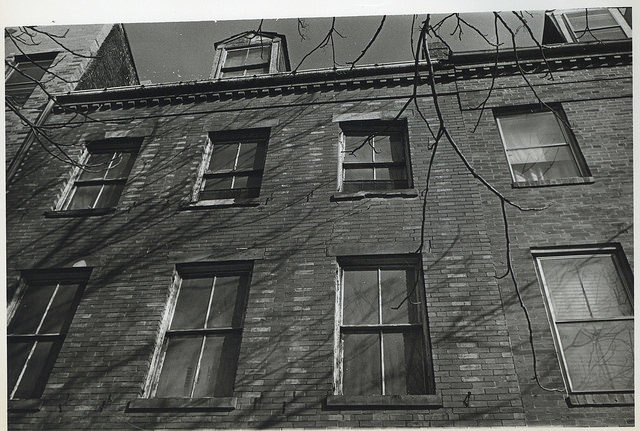

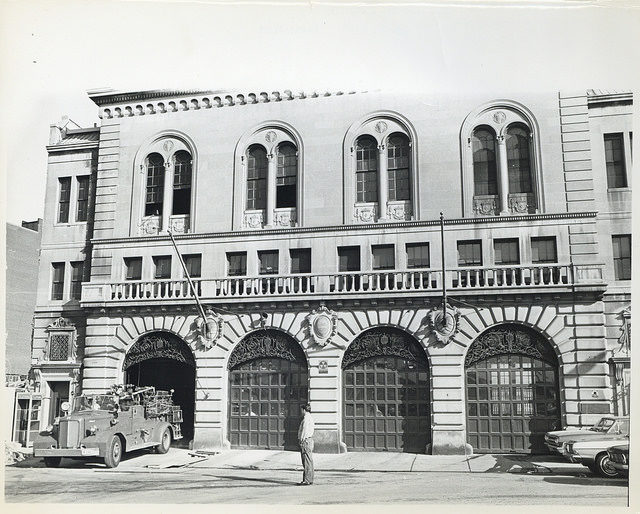
Negotiations resulted in the provision of funds for the construction of new community housing in Chinatown. During this period, city officials also designated an area adjacent to Chinatown as Boston’s red light district, also known as the Combat Zone. This zone, while still in existence, had almost disappeared by the 1990s for many reasons. These causes included city pressure, the rise of marketing movies on VHS home video, and the move of night clubs to the suburbs, where they became more upscale. A general increase in property values, which encouraged building sales and the removal of former tenants, also contributed. In the 21st century, much of the former Combat Zone has evolved into the Washington Street Theatre District.
